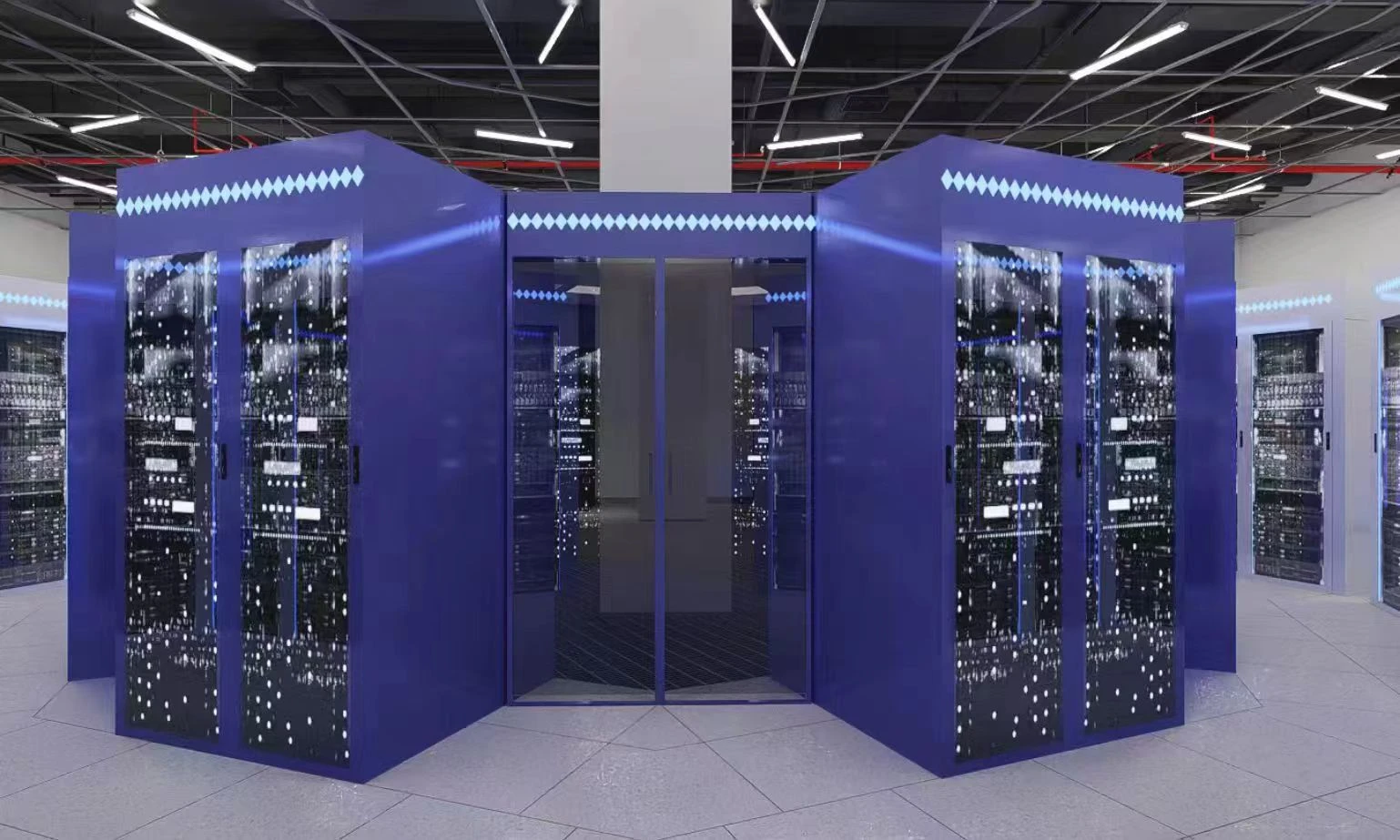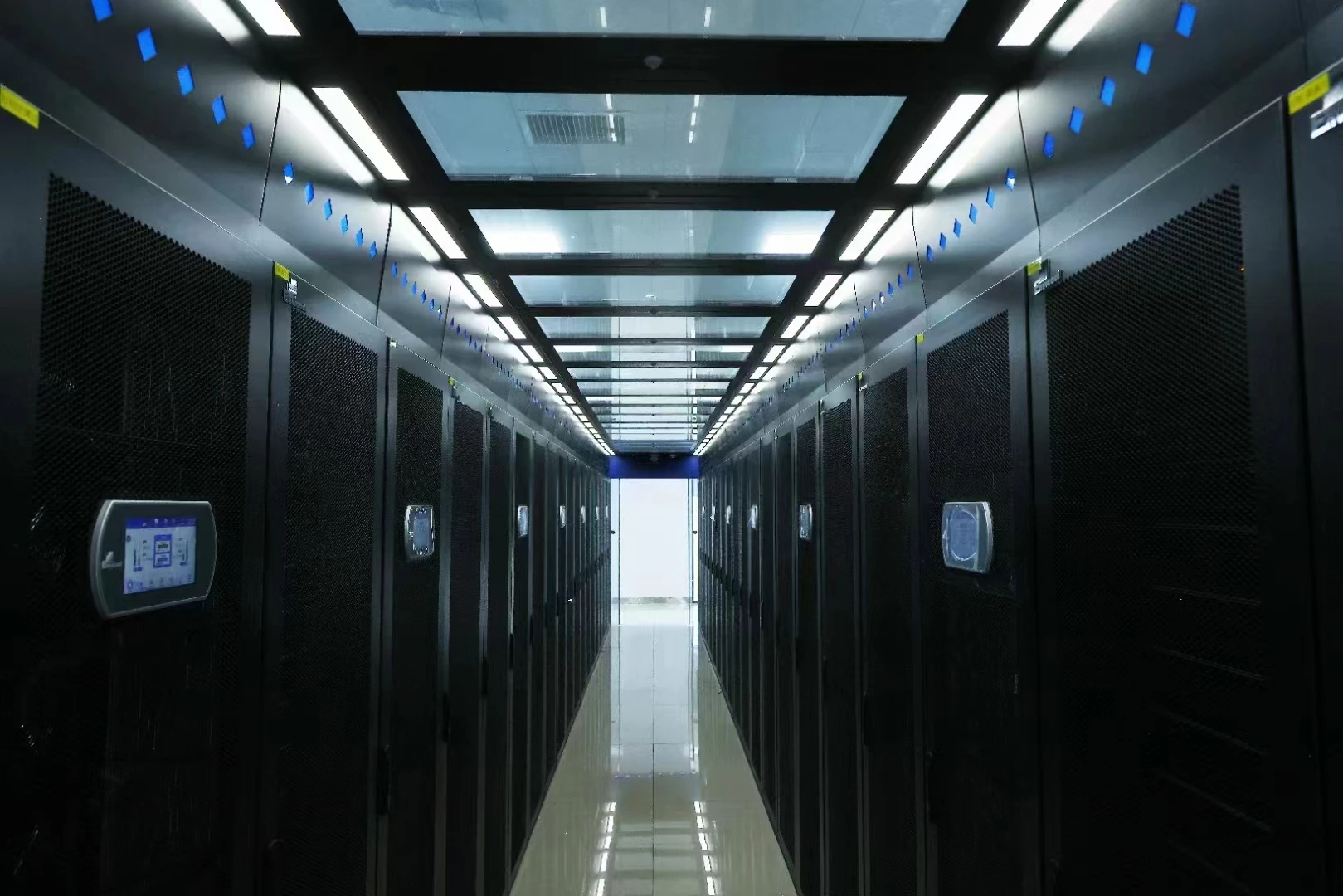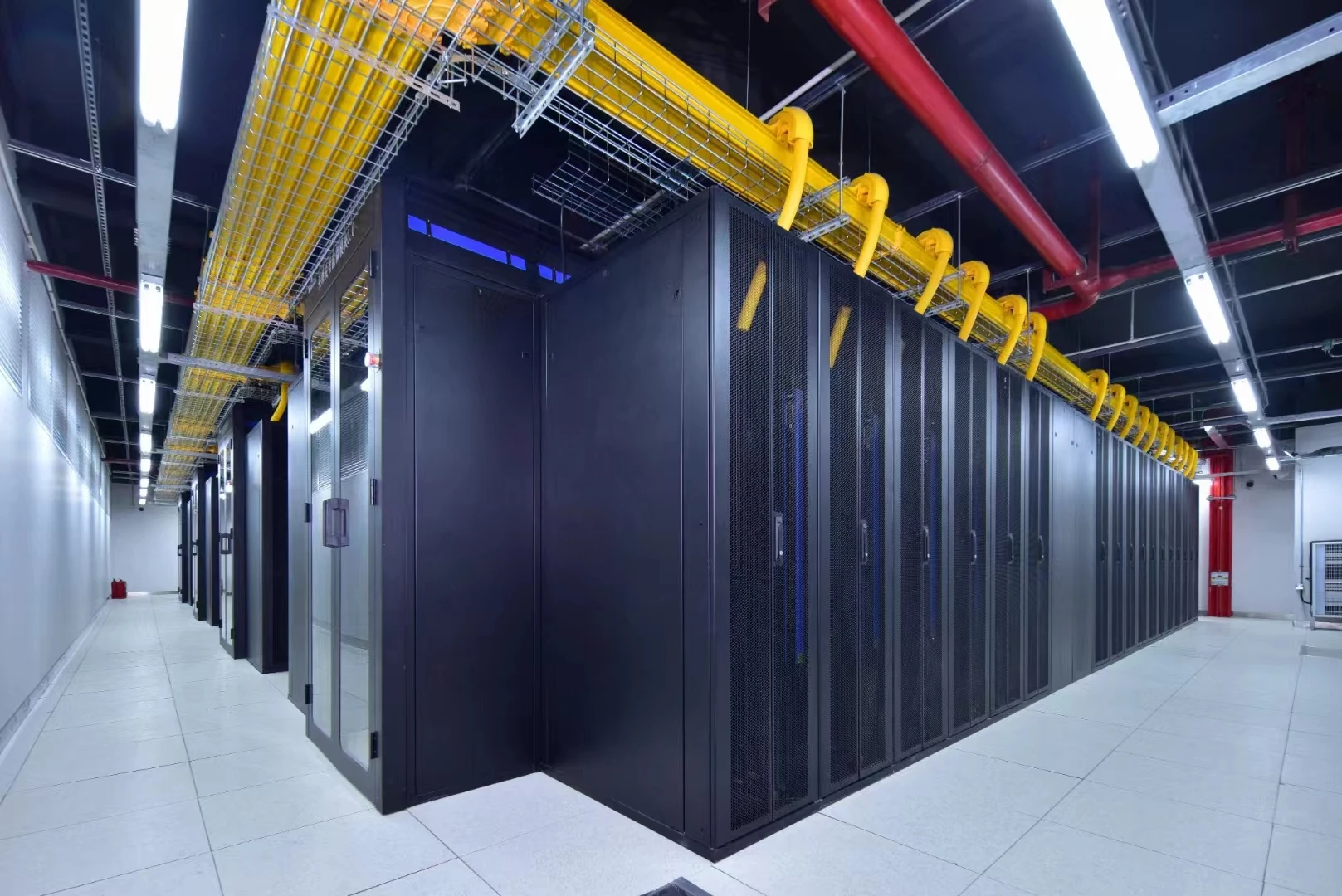
Agu . 18, 2025 00:40 Back to list
Smart Energy Management System: Control & Monitor Usage
The Imperative of Advanced Energy Management Systems in Modern Industry
In an era defined by escalating energy costs, stringent environmental regulations, and the undeniable drive towards sustainability, the strategic implementation of an energy management system has transitioned from a beneficial add-on to an absolute necessity for B2B enterprises across diverse sectors. These sophisticated systems represent the technological vanguard in optimizing energy consumption, enhancing operational efficiency, and significantly reducing carbon footprints. The contemporary industrial landscape is increasingly complex, demanding precision and foresight in resource allocation. From large-scale manufacturing plants to critical infrastructure like data centers and commercial complexes, the ability to monitor, control, and analyze energy usage in real-time is paramount. Emerging global trends, such as the rapid adoption of smart grid technologies, the pervasive integration of Internet of Things (IoT) devices, and the transformative power of Artificial Intelligence (AI) and Machine Learning (ML) algorithms, are fundamentally reshaping the capabilities and expectations of modern energy solutions. These advancements enable predictive analytics, automated adjustments, and granular insights that were previously unattainable, fostering a proactive approach to energy optimization rather than a reactive one. Furthermore, the global push for net-zero emissions and the increasing pressure from stakeholders for corporate social responsibility initiatives are compelling organizations to invest in robust energy management frameworks. A comprehensive energy management system not only contributes to ecological stewardship but also delivers tangible financial benefits, underpinning resilient and economically viable operations. The continuous evolution of sensor technology, communication protocols, and data processing capabilities ensures that these systems are becoming more accessible, scalable, and effective, providing a critical competitive edge in a resource-constrained world.
Core Technical Parameters and Capabilities of Modern Energy Control Systems
Modern energy control systems, a pivotal subset of a comprehensive energy management system, are characterized by a suite of advanced technical parameters that define their efficacy and applicability across various industrial contexts. Understanding these specifications is crucial for B2B decision-makers seeking to integrate a reliable energy monitoring and management system into their operations. Key parameters include data acquisition rates, which dictate how frequently energy usage data is collected, with typical industrial systems offering acquisition in milliseconds for critical processes, ensuring granular insights into transient energy events. Communication protocols are another vital aspect, encompassing standards like Modbus TCP/IP, BACnet, and MQTT, enabling seamless integration with existing industrial control systems and IoT infrastructure. The accuracy of measurement is paramount, with high-precision current transformers and voltage sensors providing readings with an accuracy typically ranging from Class 0.2S to Class 0.5S for billing and performance analysis. Furthermore, these systems support a wide array of energy sources, including traditional grid power, solar, wind, and battery energy storage systems (BESS), ensuring versatility for hybrid energy environments. Software features often include real-time dashboards, historical data trending, customizable alert mechanisms, predictive load shedding capabilities, and advanced reporting functionalities, all designed to empower energy managers with actionable intelligence. Cybersecurity is a non-negotiable parameter, with robust encryption protocols (e.g., TLS/SSL), role-based access control, and adherence to standards like IEC 62443 ensuring data integrity and system resilience against cyber threats. Integration capabilities with enterprise resource planning (ERP) systems, building management systems (BMS), and manufacturing execution systems (MES) allow for holistic operational optimization. The underlying hardware resilience, including factors like operating temperature range (-20°C to +70°C), ingress protection (IP) ratings (e.g., IP65 for outdoor units), and mean time between failures (MTBF), directly impacts the system's reliability and longevity in harsh industrial environments. These technical specifications collectively ensure that an energy management solution delivers precise, reliable, and secure control over energy consumption, translating into significant operational efficiencies and cost savings.

Figure 1: Illustration of a typical energy management system's core components.
| Parameter | Description | Typical Specification |
|---|---|---|
| Data Acquisition Rate | Frequency of data collection from sensors and meters. | 1-second to 1-minute intervals (configurable) |
| Measurement Accuracy | Precision of energy measurement (e.g., current, voltage, power). | Class 0.2S for energy metering (IEC 62053-22) |
| Communication Protocols | Standards for data exchange between devices and software. | Modbus TCP/IP, BACnet/IP, MQTT, SNMP |
| Supported Energy Types | Range of energy sources the system can monitor and control. | Electricity, Gas, Water, Steam, Compressed Air, Thermal |
| Data Storage Capacity | Volume of historical data the system can retain. | Terabytes, cloud-based long-term archiving (10+ years) |
| Operating Temperature Range | Environmental temperature limits for reliable operation. | -20°C to +70°C for industrial grade components |
| Ingress Protection (IP) Rating | Level of protection against solids and liquids. | IP54 for indoor/protected environments, IP65 for outdoor/harsh |
| Cybersecurity Standards | Protocols and certifications for data security. | ISO/IEC 27001, IEC 62443, TLS 1.2+ encryption |
Precision Manufacturing and Stringent Quality Assurance for EMS Components
The robust performance and extended service life of an energy management system are inherently linked to the meticulous manufacturing processes and rigorous quality assurance protocols employed during its production. While the system as a whole is an integration of hardware and software, the reliability of its core components, such as sensors, data loggers, and control modules, is paramount. Manufacturing begins with the selection of high-grade industrial materials. For instance, enclosures for field-deployed units often utilize corrosion-resistant alloys like 316L stainless steel or high-performance engineered plastics like polycarbonate, ensuring durability in harsh environments, from the corrosive atmospheres of petrochemical plants to the humid conditions of water treatment facilities. Precision manufacturing techniques are then employed, including advanced CNC machining for metal components to achieve exact tolerances and seamless fits, crucial for both performance and environmental sealing. Printed Circuit Board (PCB) assembly is typically fully automated, utilizing pick-and-place robotics for accurate component placement and reflow soldering for robust electrical connections, followed by automated optical inspection (AOI) to detect microscopic flaws. After assembly, each module undergoes individual calibration and functional testing, simulating various operational loads and environmental conditions. Compliance with international standards is non-negotiable; our products conform to ISO 9001 for quality management systems, ensuring consistent production quality, and often meet specific industry standards like ANSI for electrical safety or ATEX for hazardous area operation, particularly vital for applications in oil and gas sectors. Lifecycle testing, including accelerated aging tests, thermal cycling, vibration analysis, and electromagnetic compatibility (EMC) testing, is conducted to validate a typical service life exceeding 15 years under continuous operation. This commitment to superior materials and advanced manufacturing, coupled with multi-stage inspection processes, guarantees that every component of the energy monitoring and management system is engineered for maximum reliability, minimal maintenance, and optimal performance throughout its operational lifespan, enabling significant energy savings and enhancing operational resilience in demanding industrial settings.
Diverse Application Scenarios and Transformative Advantages of EMS
The versatility of an advanced energy management system extends its applicability across a broad spectrum of industries, each benefiting uniquely from its sophisticated capabilities. In the petrochemical sector, where safety and continuous operation are paramount, EMS ensures optimal energy consumption for complex processes, managing high-power equipment efficiently while incorporating features like explosion-proof designs and real-time anomaly detection to prevent costly shutdowns and enhance safety. For the metallurgy industry, which is inherently energy-intensive, an EMS facilitates precise control over furnaces, rolling mills, and other high-temperature processes, optimizing power demand to reduce operational costs and improve resource utilization, often with components designed for extreme heat resilience. In water supply and drainage systems, where pumping stations consume significant power, EMS enables remote monitoring and control, optimizing pump schedules based on demand and real-time conditions, leading to substantial energy savings and ensuring consistent service delivery, often featuring components with high ingress protection ratings for wet environments. Furthermore, within the rapidly expanding realm of data centers, specifically for solutions like the `Micro module computer room`, an EMS is critical for managing the immense power demands of IT equipment and, crucially, optimizing cooling systems. By integrating with the `Micro module computer room` infrastructure, the EMS can precisely regulate power distribution, monitor environmental parameters, and control cooling units (e.g., CRAC/CRAH units), thereby drastically reducing Power Usage Effectiveness (PUE) and ensuring optimal operating conditions, which directly translates to lower operational expenditure and enhanced server reliability. The overarching technical advantages derived from deploying such a system are manifold: significant energy savings, often ranging from 15% to 30% through demand-side management and waste reduction; enhanced operational efficiency due to optimized equipment scheduling and automated controls; a reduced carbon footprint, aligning businesses with global sustainability goals; improved predictive maintenance capabilities by identifying unusual energy consumption patterns indicative of equipment degradation; and elevated safety standards by monitoring critical electrical parameters and preventing overloads. These benefits collectively contribute to a more resilient, cost-effective, and environmentally responsible operation for B2B entities.

Figure 2: An EMS dashboard demonstrating real-time energy consumption in an industrial setting.
Strategic Vendor Selection and Tailored Solutions for Energy Control Systems
Selecting the right vendor for an energy management system is a strategic decision that profoundly impacts long-term operational efficiency and return on investment. While the market offers a myriad of solutions, distinguishing factors such as system scalability, seamless integration capabilities with existing infrastructure, robust cybersecurity features, comprehensive customer support, and overall cost-effectiveness are paramount. Some vendors may excel in providing off-the-shelf hardware, prioritizing rapid deployment, while others might specialize in advanced software analytics, offering unparalleled insights into consumption patterns. Our distinct approach at ACDC BESS is to offer a holistic and highly customizable energy monitoring and management system that seamlessly integrates both cutting-edge hardware and intelligent software, designed to meet the precise demands of complex B2B environments. Our customization process begins with an in-depth needs assessment, where our expert engineers collaborate with your teams to understand specific operational challenges, energy consumption patterns, and long-term sustainability goals. This initial phase is crucial for designing a system that is not only effective but also perfectly aligned with your business objectives. Following this, we proceed with detailed system design, which encompasses hardware selection (sensors, meters, control units), network architecture planning, and software configuration to ensure optimal performance. The integration phase is meticulous, ensuring compatibility with legacy systems and minimal disruption to ongoing operations. Post-deployment, we provide comprehensive training for your personnel, empowering them to leverage the full capabilities of the energy control systems. Our commitment extends beyond initial deployment, offering continuous post-sales support, including remote monitoring, preventative maintenance, and prompt troubleshooting. This bespoke approach ensures that clients receive a future-proof solution that evolves with their operational needs, providing unparalleled value and a competitive advantage through superior energy intelligence. We focus on delivering not just a product, but a complete energy transformation partnership, validated by our proven track record and extensive service history across diverse industrial applications, ensuring maximum uptime and sustained energy savings.
Real-World Impact: Case Studies and Client Successes with EMS Implementation
The true testament to the efficacy of an advanced energy management system lies in its demonstrable impact on real-world operations and financial outcomes. Consider a recent engagement with a major automotive manufacturing facility, spanning over 500,000 square meters. Prior to our intervention, the facility faced escalating energy costs and an inability to pinpoint sources of energy waste, impacting profitability and environmental compliance. Our comprehensive energy monitoring and management system was deployed, integrating over 300 smart meters, intelligent lighting controls, and automated HVAC optimization modules. Within the first year, the facility achieved a verifiable 22% reduction in overall energy consumption, primarily driven by precise load balancing, peak demand management, and the identification and rectification of inefficient machinery operation. This translated into annual operational cost savings exceeding $1.5 million. Furthermore, their carbon emissions were reduced by approximately 8,000 metric tons, significantly enhancing their environmental sustainability profile and corporate image. A key success factor highlighted by the client was the intuitive interface of the EMS software, which provided energy managers with real-time insights and predictive analytics, enabling them to make informed decisions swiftly. As quoted by their Head of Operations, "The seamless integration and actionable data provided by this energy management system transformed our approach to energy. It's not just about savings; it's about a foundational shift in how we manage our entire infrastructure, proving an invaluable asset for our continued growth and sustainability goals." This case exemplifies how ACDC BESS leverages its extensive experience – spanning over a decade in delivering robust energy solutions – to address complex industrial challenges, providing not just technology, but a strategic partnership focused on delivering measurable improvements. Our commitment to rigorous testing and adherence to ISO standards ensures that the solutions we provide are not only innovative but also reliable and compliant with the highest industry benchmarks, fostering deep trust with our clients and solidifying our position as an authoritative leader in energy optimization.

Figure 3: Graphical representation of energy savings achieved post-EMS implementation.
Ensuring Trustworthiness: FAQ, Delivery, Warranty, and Support for Your EMS Investment
Investing in an energy management system is a significant decision for any B2B enterprise, and trustworthiness is paramount in selecting a partner. At ACDC BESS, we prioritize transparency and comprehensive support to ensure our clients' peace of mind. Our commitment begins with a clear understanding of your needs, addressed through a comprehensive Frequently Asked Questions (FAQ) module designed to demystify complex technical aspects and common concerns. Typical questions include: "What is the average ROI period for an EMS?" (often 1-3 years, depending on energy costs and current inefficiencies), "How secure is my energy data?" (protected by enterprise-grade encryption and adherence to global data privacy regulations), and "What level of integration can I expect with my existing SCADA or BMS?" (seamless, through open protocols like OPC UA and Modbus TCP/IP). Regarding project logistics, our typical delivery cycle for a standard energy control systems deployment ranges from 8 to 16 weeks, depending on system complexity and site readiness, encompassing design, manufacturing, installation, and commissioning. Custom solutions may extend this period slightly, but clear timelines are established from project inception. Our products are backed by an industry-leading warranty, typically ranging from 2 to 5 years on hardware components, covering manufacturing defects and ensuring long-term operational reliability. Beyond the warranty period, we offer flexible service contracts for ongoing maintenance and software updates. Our dedicated customer support is available through multiple channels, including 24/7 technical hotlines, remote diagnostics, and on-site assistance by certified engineers, ensuring minimal downtime and rapid issue resolution. This holistic approach to client support, coupled with our adherence to stringent ISO certifications and a proven track record of successful deployments, solidifies our reputation as a trusted provider of advanced energy monitoring and management system solutions. Our enduring client relationships, built on reliability and performance, reflect our unwavering commitment to quality and service.
Conclusion and Authoritative References
The evolution of the energy management system signifies a critical paradigm shift in how industries approach resource consumption, operational efficiency, and environmental stewardship. From its foundational components crafted with precision manufacturing to its advanced software capabilities for real-time monitoring and control, an EMS is no longer merely a tool for cost reduction but a strategic asset for sustainable growth and competitive advantage. The ability of these systems to integrate seamlessly across diverse industrial applications, deliver quantifiable energy savings, and provide actionable insights underscores their indispensable role in the modern B2B landscape. As global energy demands continue to surge and regulatory pressures intensify, the adoption of sophisticated energy control systems will only become more pervasive. Companies that embrace these technologies are not just optimizing their energy expenditure; they are building resilient, future-proof operations that align with global sustainability goals. The combination of expert design, robust engineering, comprehensive support, and a commitment to data-driven performance positions these systems as pivotal enablers for achieving operational excellence and environmental responsibility in the 21st century.
References
- International Organization for Standardization. (2018). ISO 50001: Energy management systems – Requirements with guidance for use.
- American National Standards Institute. (2020). ANSI/ASHRAE Standard 90.1: Energy Standard for Buildings Except Low-Rise Residential Buildings.
- U.S. Department of Energy. (2022). Industrial Energy Efficiency Trends and Opportunities.
- International Energy Agency. (2023). World Energy Outlook.
- IEEE Transactions on Industrial Informatics. (2021). Special Issue on Advanced Control and Management for Smart Energy Systems.
This is the last article
-
Smart Energy Management System: Control & Monitor Usage
NewsAug.18,2025
-
EMS for Advanced Energy Management & Storage
NewsAug.17,2025
-
Boost Efficiency with Smart EMS Energy Management Systems
NewsAug.16,2025
-
Energy Management System (EMS): Optimize & Save Energy Costs
NewsAug.15,2025
-
Intelligent Energy Management: Save & Control Your Power
NewsAug.14,2025
-
Optimize Energy with Advanced Management Systems
NewsAug.13,2025


